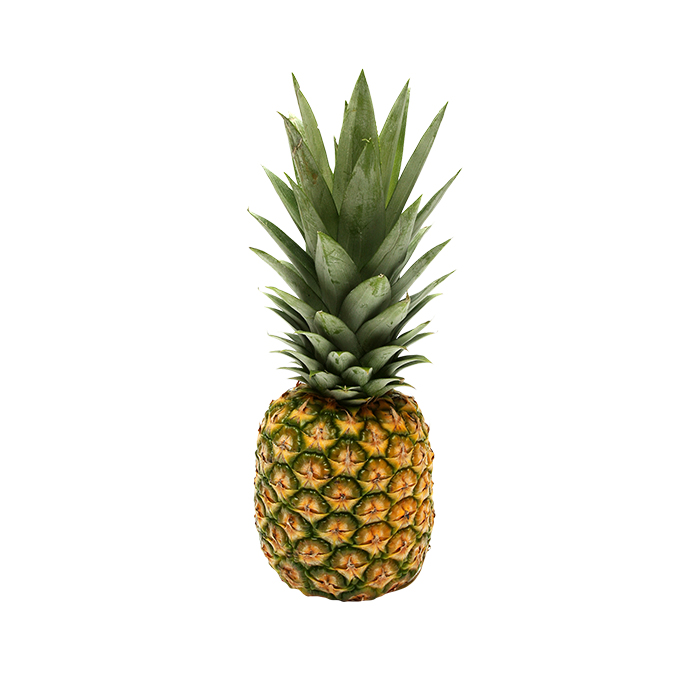Table grape has sentimental value as it represents the original product marketed by DE LA TIERRA and is still one of the largest products in our portfolio.
Table grape is non-climacteric. The optimum time to harvest table grape is when it is fully ripe, based on colouration and Brix levels. The best harvest indicator for white grape is when the cane becomes woody and continues at the top of the main stem. The same applies to red grapes, along with 100% colouration. Harvesting grape with a woody stem helps reduce the rate of moisture loss. Due to its low thermal mass, the grape is very perishable if not cooled and packed immediately.
ZOEPAC modified atmosphere packaging maintains high humidity and prolongs senescence, thus keeping the product fresher and firmer for longer. Fresh, green primary, secondary and tertiary stems are also critical for maximum retail value.
The main disease associated with grape is Botrytis (Botrytis cinerea). Sulfur dioxide (postharvest) is commonly used to suppress Botrytis, although this should not be at the expense of vineyard sanitation and temperature control. Botrytis can be inhibited at -0.5°C (31°F).
ZOEPAC modified atmosphere packaging is compatible with sulfur pads. Benefits provided include:
- Extended shelf-life, allowing for longer distribution and storage channels,
- Reduced dehydration, preventing weight loss, shatter and stem discolouration,
- Prolonging senescence,
- Maintained freshness and firmness,
- Inhibition of storage mould and rots, and
- Higher profit due to reduced wastage in the supply chain.
ZOEPAC has made significant advances in sulfur-based solutions. They have developed sachets that can replace the sulfur pad. The benefit of the sachet is that it requires less packaging and is fully recyclable. Work is being done to commercialise a biodegradable format. In addition, ZOEPAC has created a modified atmosphere film impregnated with sulfur to eliminate the need for a pad altogether.
Calendar














